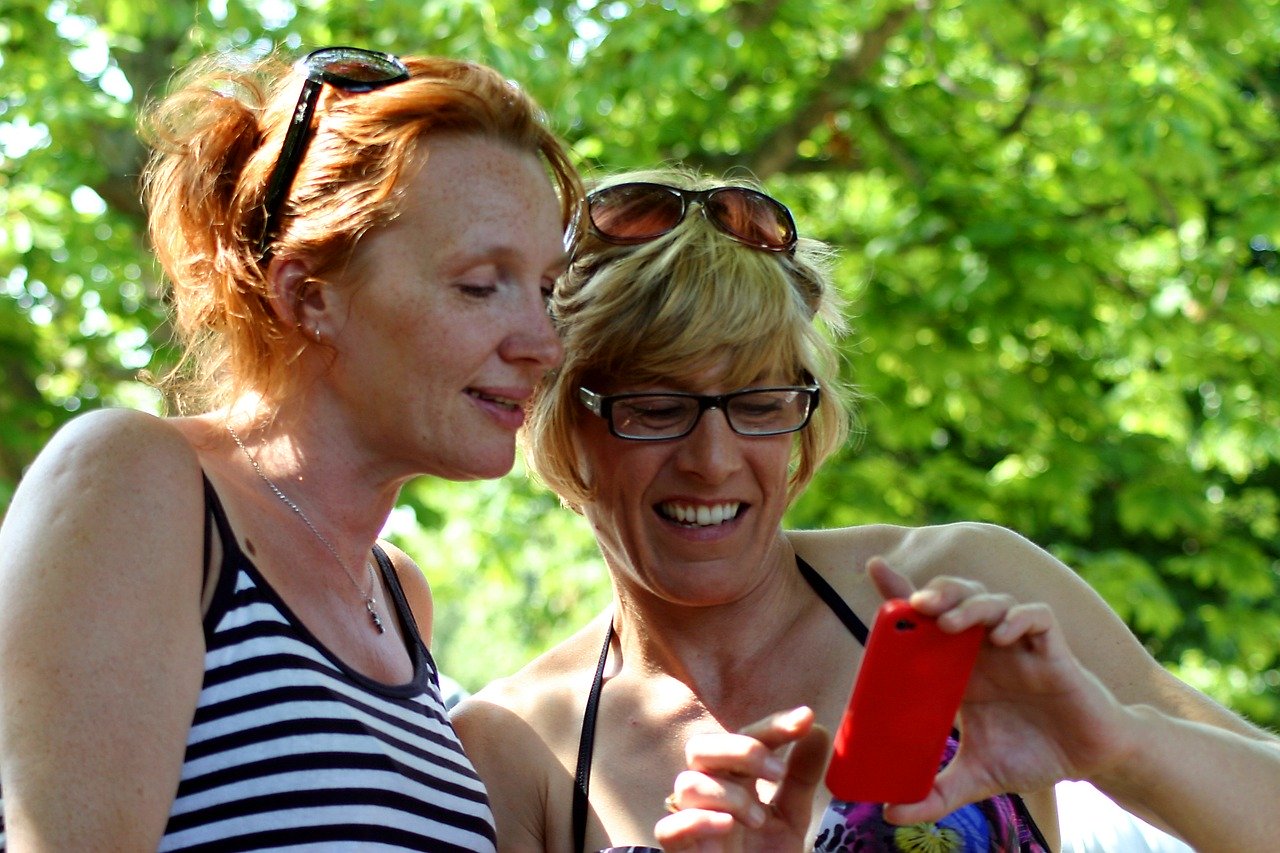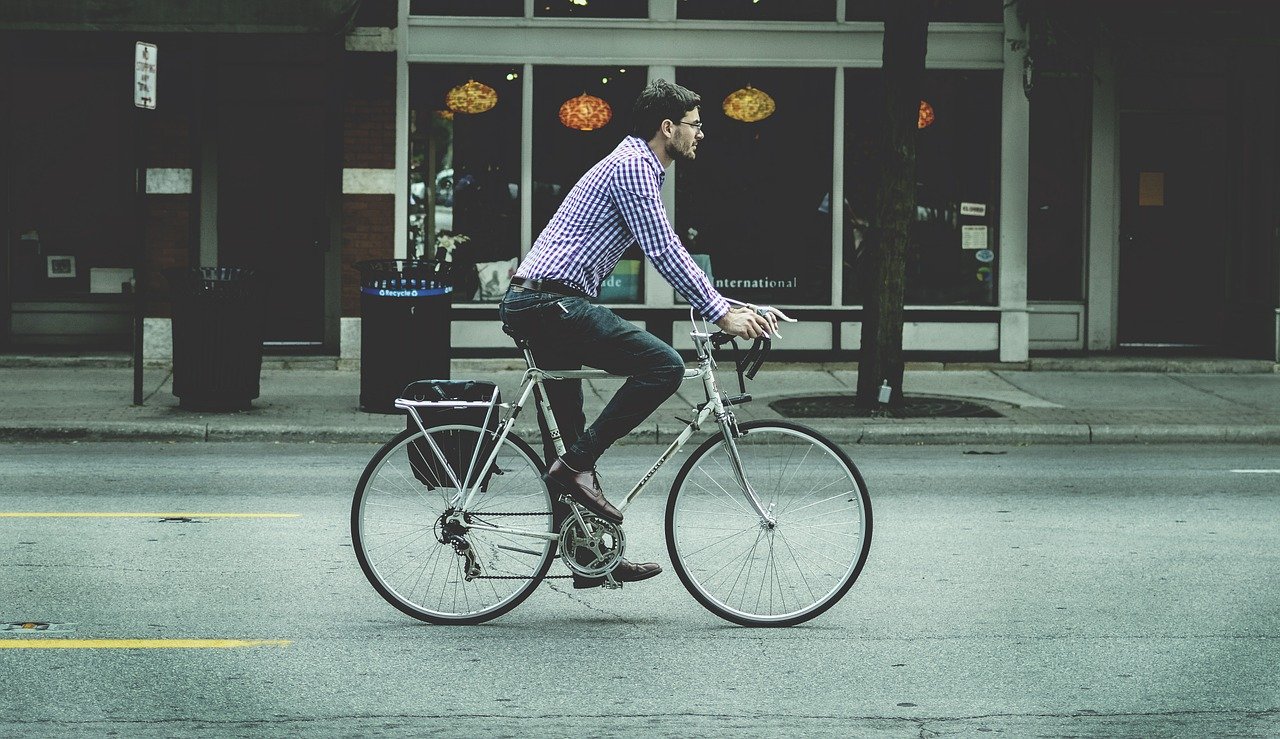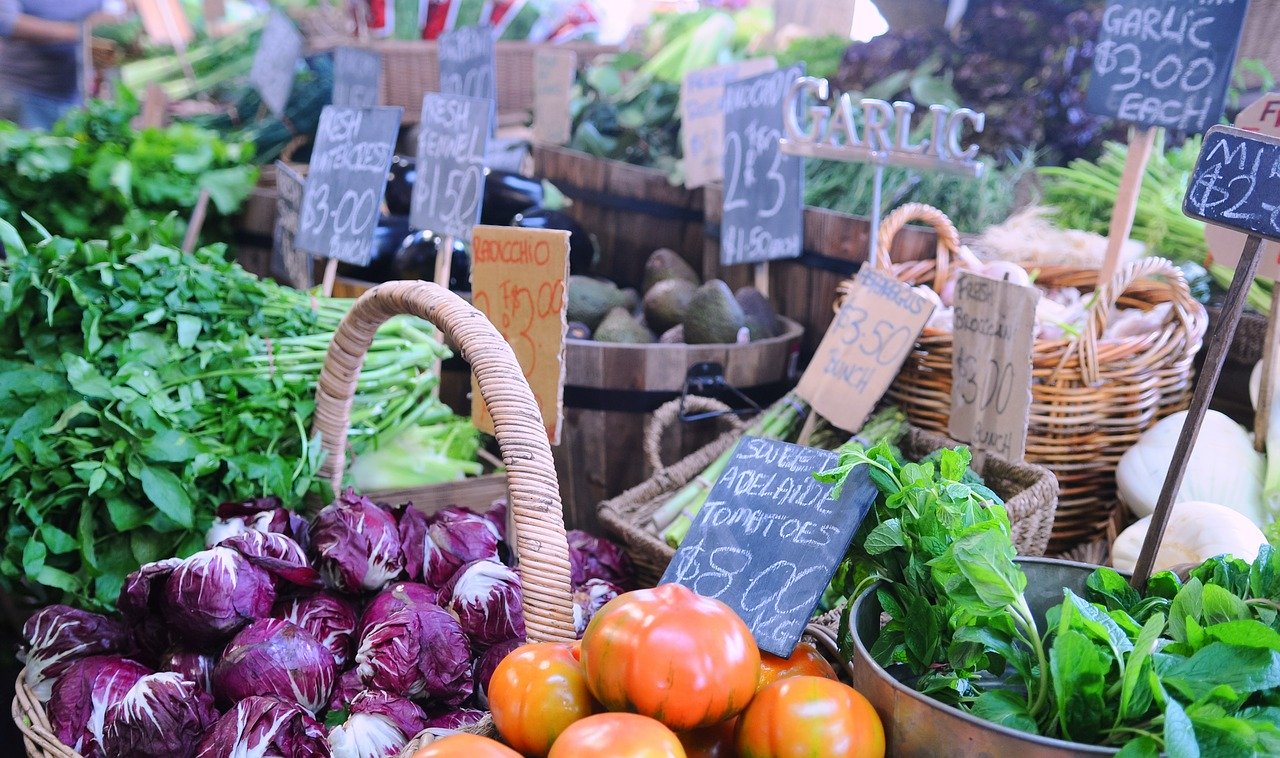No one really opposes green living and its benefits. Everyone knows it is a good thing, necessary, and urgent. It’s just that not everyone is willing to give it a try. Living a “green” life is like eating vegetables. Everyone knows it’s good but only a few actually eat it.
Sustainability is a great thing. It takes commitment and a sense of obligation to the world and future generations to instill such a lifestyle on ourselves and our own families. Imagine the challenge of building a sustainable community and warding off all pessimism and indifference. Yes, there are more and more urban developments that seek to address all these environmental issues by carrying out more sustainable designs. And yes, you and your family are also trying to live greener. But efforts should not stop there. A UNESCO module stated that sustainability is to be attained at the local level and the community if it were to really make a difference. This is the kind of community that thrives from generation to generation because it adapts to change, perform life-sustaining functions, respects diversity, and recognizes social and ecological limits.
If awareness is any indication, then we are on the right track. People now are more aware than ever on the state of the environment and our ecological systems. People recognize the importance of sustainability and some even understand the impacts of living in an unsustained one. Now, let’s look at your community. How far are they willing to go? And what does it take to take them there?
Tell Them Stories

Al Gore’s “The Inconvenient Truth” was a big move in the right direction. Somehow, it brought environmental challenges to the mainstream. But it takes more than just one Hollywood documentary to convince people that green is good and furthermore, within reach. Be your community’s own Al Gore by starting discussions and engaging community members on environmental issues. Inspiring lifestyle change isn’t easy and calling them to action is much harder. Begin with small talk and stories. Every time you have the chance to talk to someone in your community, motivate them to live a more sustainable life. Share how sustainable living has made wonders for you and your family. Don’t be technical about it. Hit them where it matters like health and savings. For example, share the benefits of making your kids eat fresh products from the market or the savings from going solar with your outdoor lights.
Build A Green Community… Online
Blogs, videos, and images are very easily consumed through social media. You may create a website or a social media page that seeks to educate people about environmental issues. Add and engage members of your community. This is a modern way to reach out about an age-old problem. Share interesting blogs and videos that members will find worth sharing. You can also host discussions there and encourage them to ask questions and make suggestions. Avoid sounding like a robot or a know-it-all genius as that will only annoy your audience. You have to come off as friendly and positive. The content of your messages must be emotional, direct, and relevant to the lives of the people you wish to touch.
Start A “Green” Market

Whether you are living in a traditional neighborhood or a resident in vertical living conditions, you can start your own “green” market. In your yard or porch, offer local products to your neighbors. If you live in a condo, you can go door to door and offer your goods. It would be nice if you could sneak in a small sheet of paper in the box or bag letting your neighbors know of the benefits of their purchase. Not only do you encourage a healthy lifestyle, but you also make friends with the members of your community.
Start A Bicycle Club

You and your neighbors probably take the same route to work. People living in condominiums also usually work in the same business district as their next-door neighbor. Why not convince them to park their cars and ride their bicycles? Biking is a hot thing right now. Sell the idea of biking as a cool, cost-efficient, and healthy alternative. If you can put up a club, then biking becomes more of an activity you can do with friends more than a responsibility to mother earth.
Buy Local

Invite friends in your community to visit a local market. Show them how convenient it is to go there and how local farmers and producers benefit from each purchase. In short, make them feel good about going there. Tell them how buying local helps the environment and the community — less fuel for shipping, products are fresh and organic, more jobs, and good business for local farmers, producers, and small-time manufacturers.
Teach them to recycle
Recycling comes off as an activity that requires too much time and too much effort. That could be true in some recycle projects but while it is too much work, it is also too much fun. Invite a few neighbors in your home for some snacks and show them recycled stuff in your home. If you are into recycling yourself, show them an unfinished project and impress them with your creativity. Show them what you can do with an empty bottle, your kid’s old workbooks, your husband’s old ties, etc. Show them that they can do it too.
Organize Nature-Tripping

It is easier to convince your community to go green if they can see what they are bound to lose if they don’t take action now. Organize a few of your neighbors and their families and take them nature-tripping. An environment-friendly community is one that understands and appreciates nature in such a way that they are duty-bound to protect it. The idea of caring for the environment and going for a sustainable living doesn’t have to be forced. It just needs to matter to everyday life. You can’t talk about carbon footprints, glaciers, weather disturbances, depleting rainforests, and damaged ecosystems like you are a science professor and expect people to take action. Apply sustainability in the context of their lives. Give them something they can’t resist and before you know it, you are living in a sustainable community that feels responsible for future generations.


